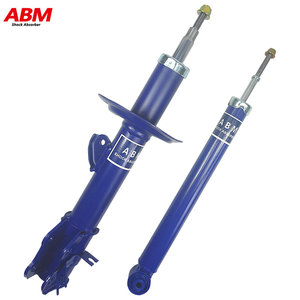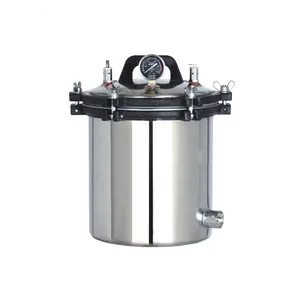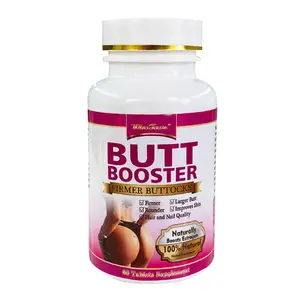Popular in your industry


















































 Ready to Ship
Ready to Ship













































































 Ready to Ship
Ready to Ship





























 Ready to Ship
Ready to Ship











 Ready to Ship
Ready to Ship















































 Ready to Ship
Ready to Ship

















Top categories
About abomasum
The abomasum is the fourth and final chamber in the stomachs of ruminant animals, such as cows, sheep, and goats. It is also known as the "true stomach" and plays a crucial role in the digestive process of these animals. The abomasum is the equivalent of a monogastric stomach, similar to that of humans, and is primarily responsible for secreting digestive enzymes and acids to break down food. This chamber is where most of the actual digestion and nutrient absorption occur, making it a vital component of the ruminant digestive system.
What causes the displaced abomasum in cows?
In cows, a common health issue related to the abomasum is the displaced abomasum in dairy cows. This condition occurs when the abomasum becomes displaced from its normal position within the abdominal cavity. There are two main types of abomasal displacement: left displaced abomasum (LDA) and right displaced abomasum (RDA). LDA is more common and happens when the abomasum moves to the left side of the cow's body. This can be caused by various factors, including changes in feed, stress, or other digestive issues. RDA, on the other hand, occurs when the abomasum shifts to the right side of the body. It is often associated with changes in diet or metabolic imbalances.
What is the treatment of the displaced abomasum in cows?
Once diagnosed, prompt treatment is essential to prevent further complications and restore the cow's health. One of the common methods is through surgical correction, where the abomasum is manually repositioned and sutured in place. Additionally, dietary adjustments and supportive care may be necessary to aid in the recovery process. Proper management practices, including a balanced diet and regular monitoring, can help prevent the recurrence of abomasum food or other digestive issues in dairy cows.
What are the symptoms of displaced abomasum in cows?
The symptoms of a displaced abomasum in cows can vary depending on the type of displacement and the severity of the condition. For displaced abomasum in cows, common symptoms include a drop in milk production, decreased appetite, weight loss, and signs of abdominal discomfort, such as kicking at the belly or standing in a hunched posture. In cases of RDA, cows may also exhibit signs of dehydration or metabolic imbalances. Early detection and treatment are crucial to improve the prognosis and prevent further health issues.

















